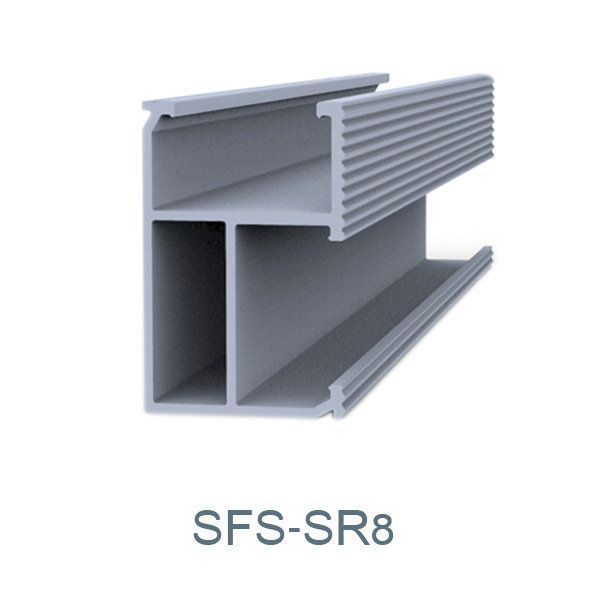

types of weld studs
Nov . 12, 2024 22:10 Back to list
types of weld studs
Types of Weld Studs A Comprehensive Overview
Weld studs are specialized fasteners that are commonly used in construction and manufacturing to join metal parts securely. These studs are designed to be welded onto surfaces to create a strong connection, and they come in various types, each suited for specific applications and requirements. Understanding the different types of weld studs can help engineers and fabricators choose the right product for their projects.
1. Weld Studs Types Based on Design
Weld studs can be categorized based on their design and application
- Plain Weld Studs These are straightforward studs without any additional features. They are typically cylindrical and can be easily welded onto a metal surface. Plain weld studs are versatile and can be used in various applications, including structural support and anchoring.
- Threaded Weld Studs These studs feature external threads that allow for nuts and other fasteners to be attached after welding. Threaded weld studs are ideal for applications where additional components need to be secured, providing flexibility in assembly and installation.
- Captive Weld Studs Designed to remain attached to a component, captive weld studs are welded in place and can support additional parts without the need for a nut. This design is often used in applications where space is constrained or where ease of assembly is critical.
- Insulation Pins These specialized weld studs are designed for securing insulation materials to metal surfaces. Insulation pins can help in thermal management by providing a secure attachment without compromising the integrity of the insulation.
2. Weld Studs Based on Application
Weld studs vary based on the specific application for which they are designed
- Construction Weld Studs In construction, weld studs are heavily used to attach metal deck systems, support beams, and other structural elements. They are crucial in ensuring the stability and integrity of various structures, from bridges to skyscrapers.
- Automotive Weld Studs The automotive industry uses weld studs in assembling car parts, including frames, panels, and engine components. These studs must withstand vibrations and impacts, making proper material selection and welding methods essential.
- Electrical Weld Studs Electrical applications require weld studs that can handle electrical connections. These studs are designed to ensure low resistive contact, allowing electrical current to flow efficiently between components.
types of weld studs

3. Materials Used for Weld Studs
The performance and durability of weld studs are also influenced by the materials used in their manufacturing
- Carbon Steel This is the most common material for weld studs due to its strength and affordability. Carbon steel weld studs are favored in construction and heavy-duty applications.
- Stainless Steel For applications exposed to moisture or corrosive environments, stainless steel weld studs offer excellent resistance to rust and corrosion. They are commonly used in marine, food processing, and chemical industries.
- Alloys In specialized applications, weld studs can be made from various alloys that provide enhanced strength and durability. These are often used in high-stress environments, such as aerospace or heavy machinery.
4. Welding Techniques for Weld Studs
Weld studs can be attached to surfaces using different welding techniques, including
- Arc Welding This method involves an electric arc to melt the base material and the stud, creating a strong weld. It is widely used due to its versatility and effectiveness.
- Resistance Welding In this technique, the stud is pressed against the parent material, and an electric current is applied, generating heat to form the weld. This method is efficient for high-volume production.
- SMAW (Shielded Metal Arc Welding) Often used in field applications, SMAW allows for the welding of studs in various positions, making it a flexible choice for construction projects.
Conclusion
Choosing the appropriate weld studs involves understanding the different types, applications, and materials available. By selecting the right weld studs and welding techniques, engineers and fabricators can ensure robust and reliable connections in their projects, ultimately leading to enhanced safety and durability in their final products.
Latest news
-
Hot Dip Galvanized Bolts-About LongZe|High Strength, Corrosion Resistance
NewsJul.30,2025
-
High-Strength Hot Dip Galvanized Bolts - Hebei Longze | Corrosion Resistance, Customization
NewsJul.30,2025
-
Hot Dip Galvanized Bolts-Hebei Longze|Corrosion Resistance&High Strength
NewsJul.30,2025
-
High-Strength Hot-Dip Galvanized Bolts-Hebei Longze|Corrosion Resistance&High Strength
NewsJul.30,2025
-
Hot Dip Galvanized Bolts-Hebei Longze|Corrosion Resistance&High Strength
NewsJul.30,2025
-
Hot Dip Galvanized Bolts - Hebei Longze | Corrosion Resistance, High Strength
NewsJul.30,2025

